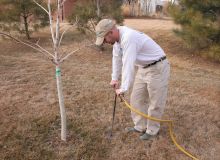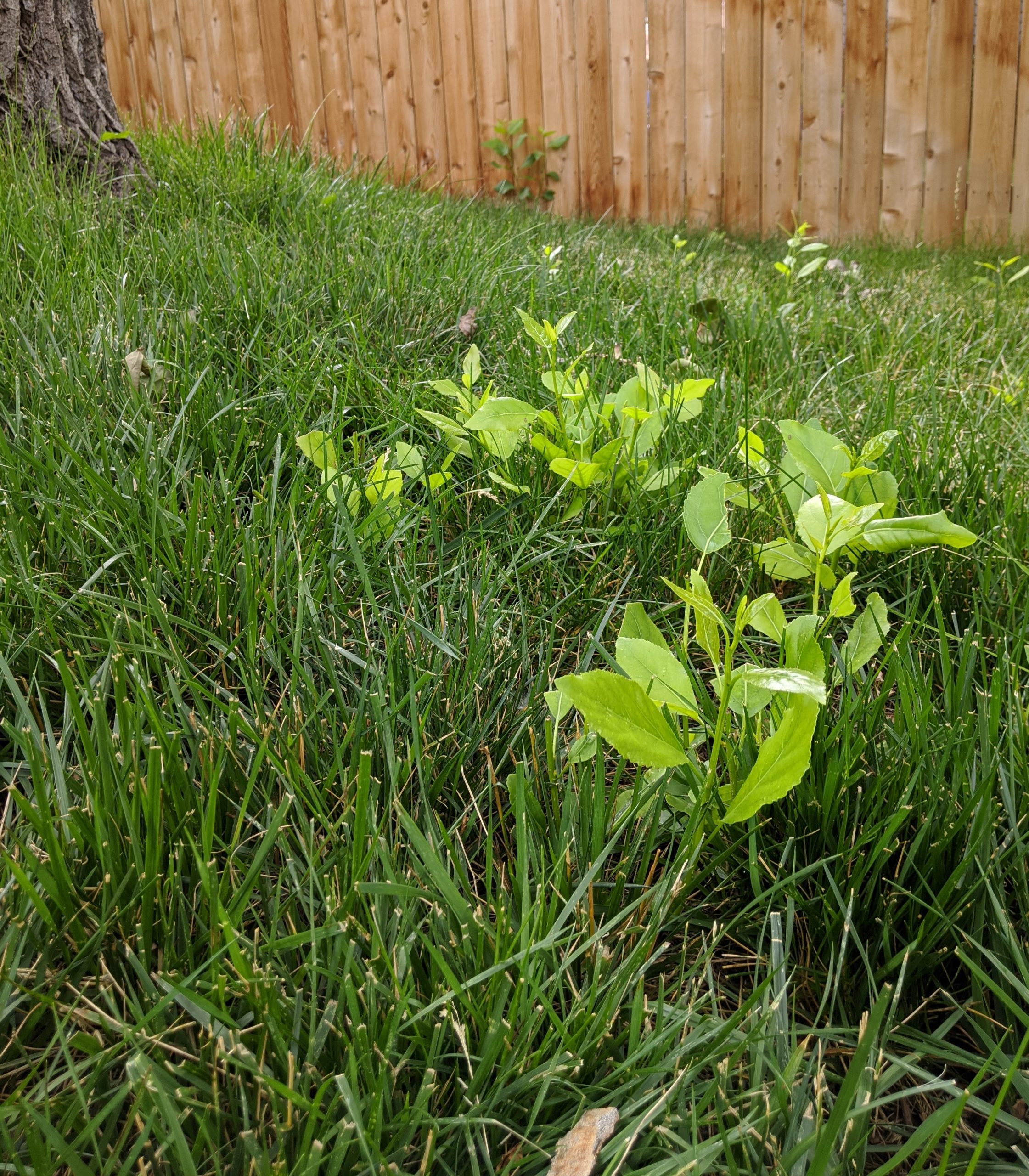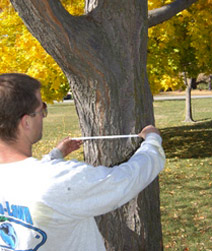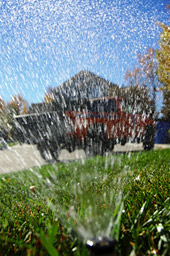YOU MAY ALSO LIKE
Related Posts
-
July 2, 2020 Tree Suckers in Your Lawn?
-
January 24, 2019 How To Measure The Diameter Breast Height of a Tree
-
October 29, 2018 Summer Lawn and Tree Care Tips



